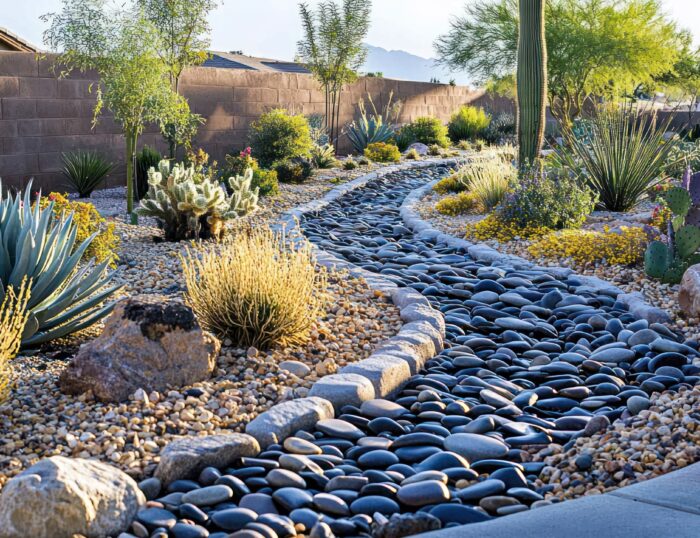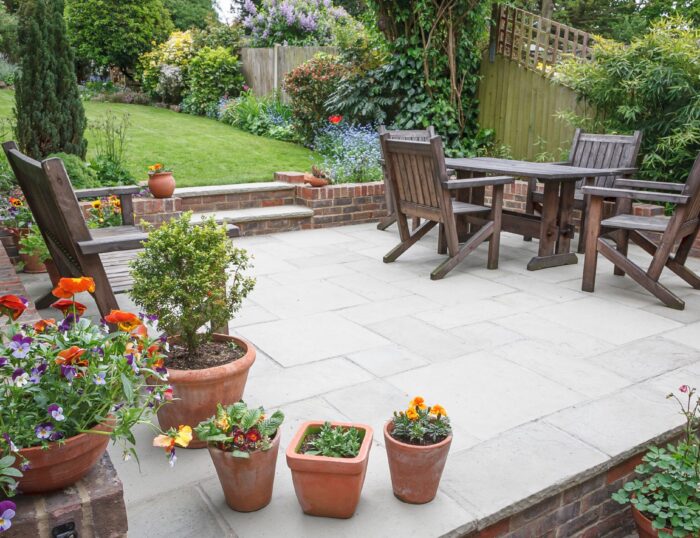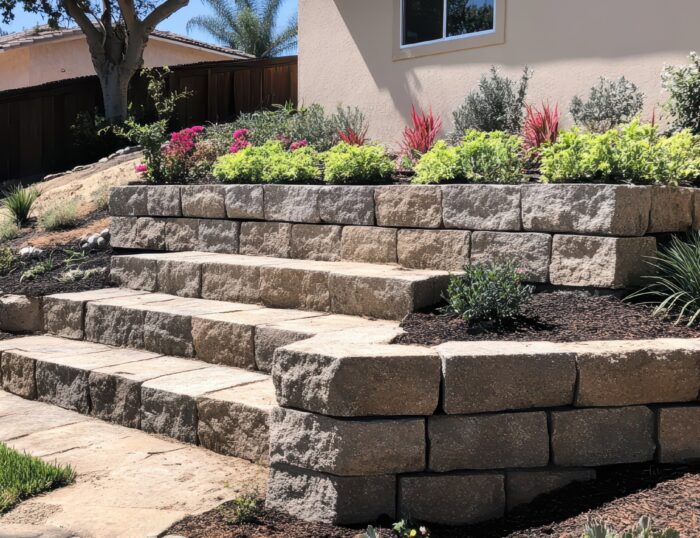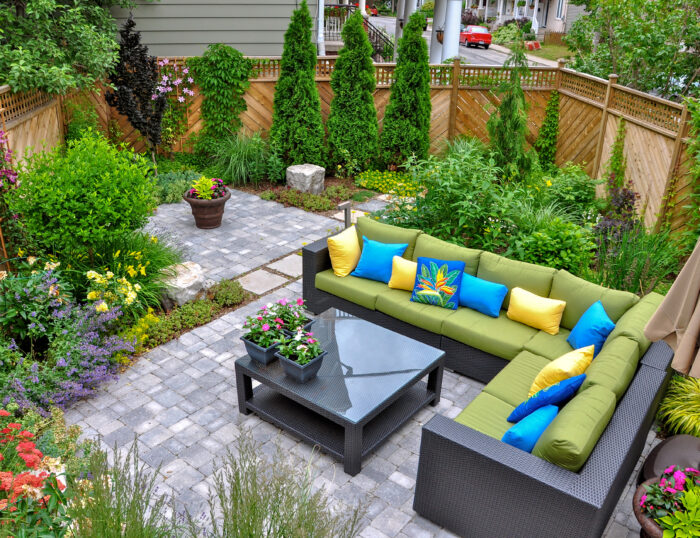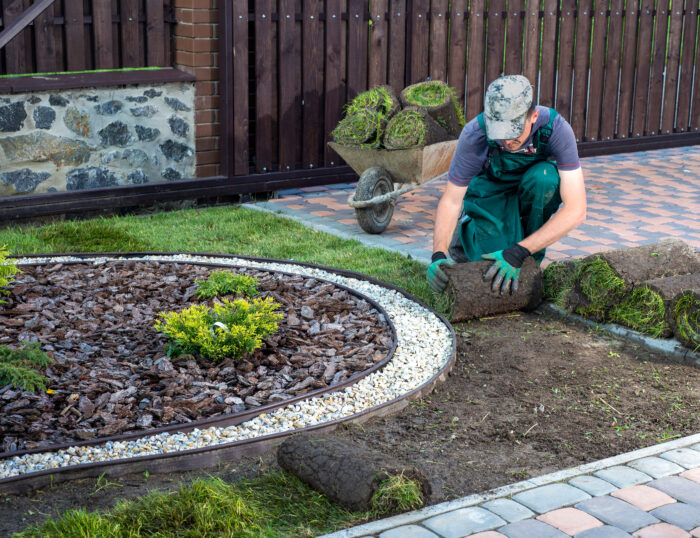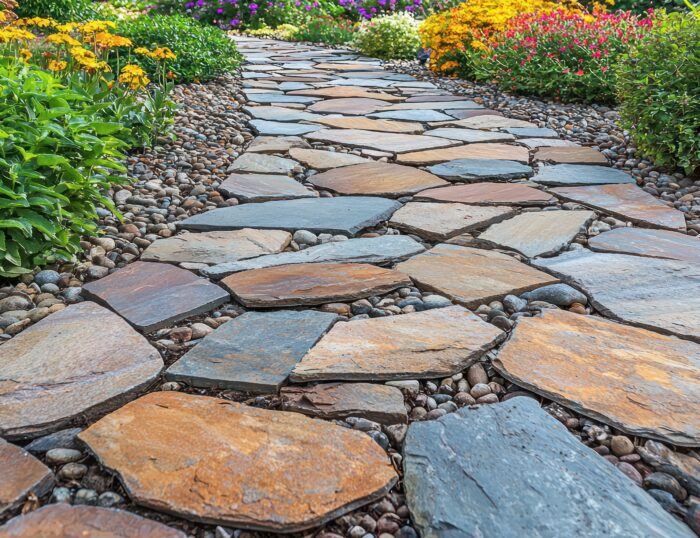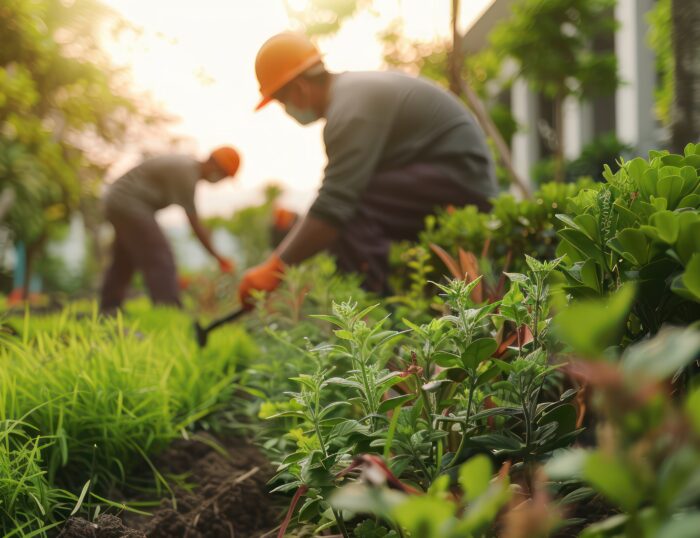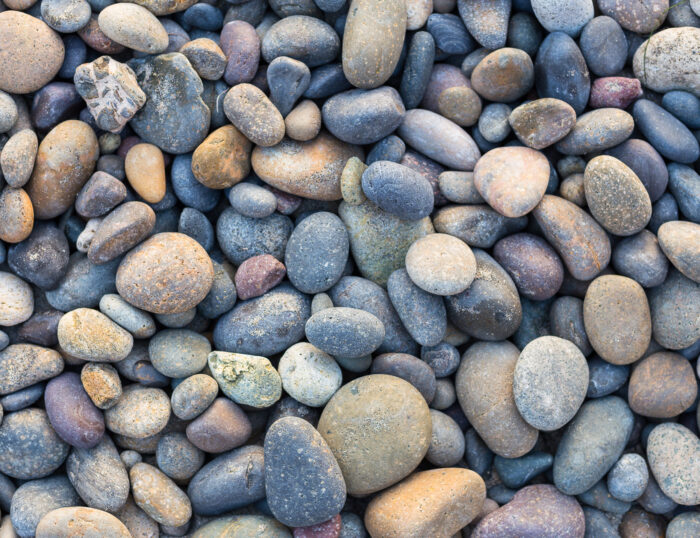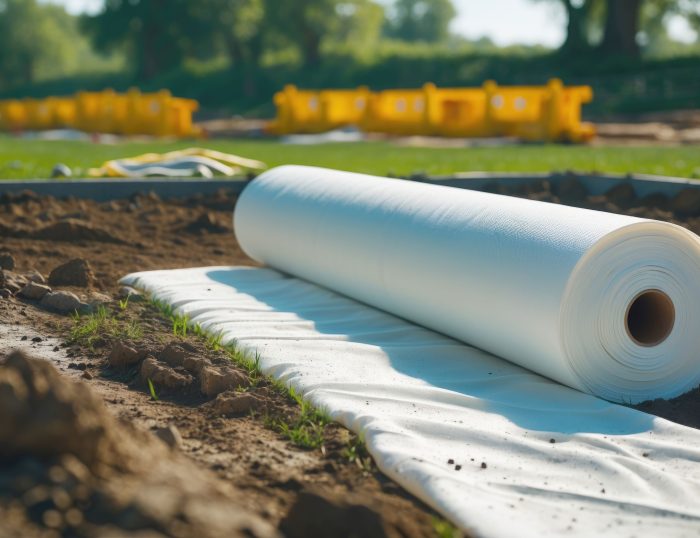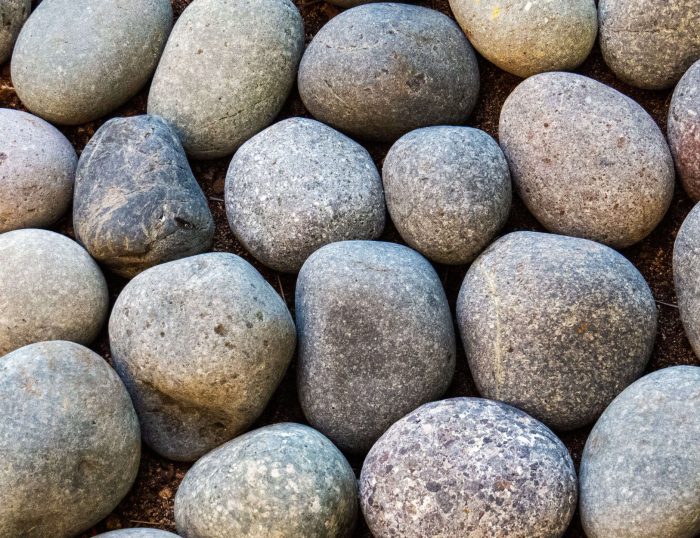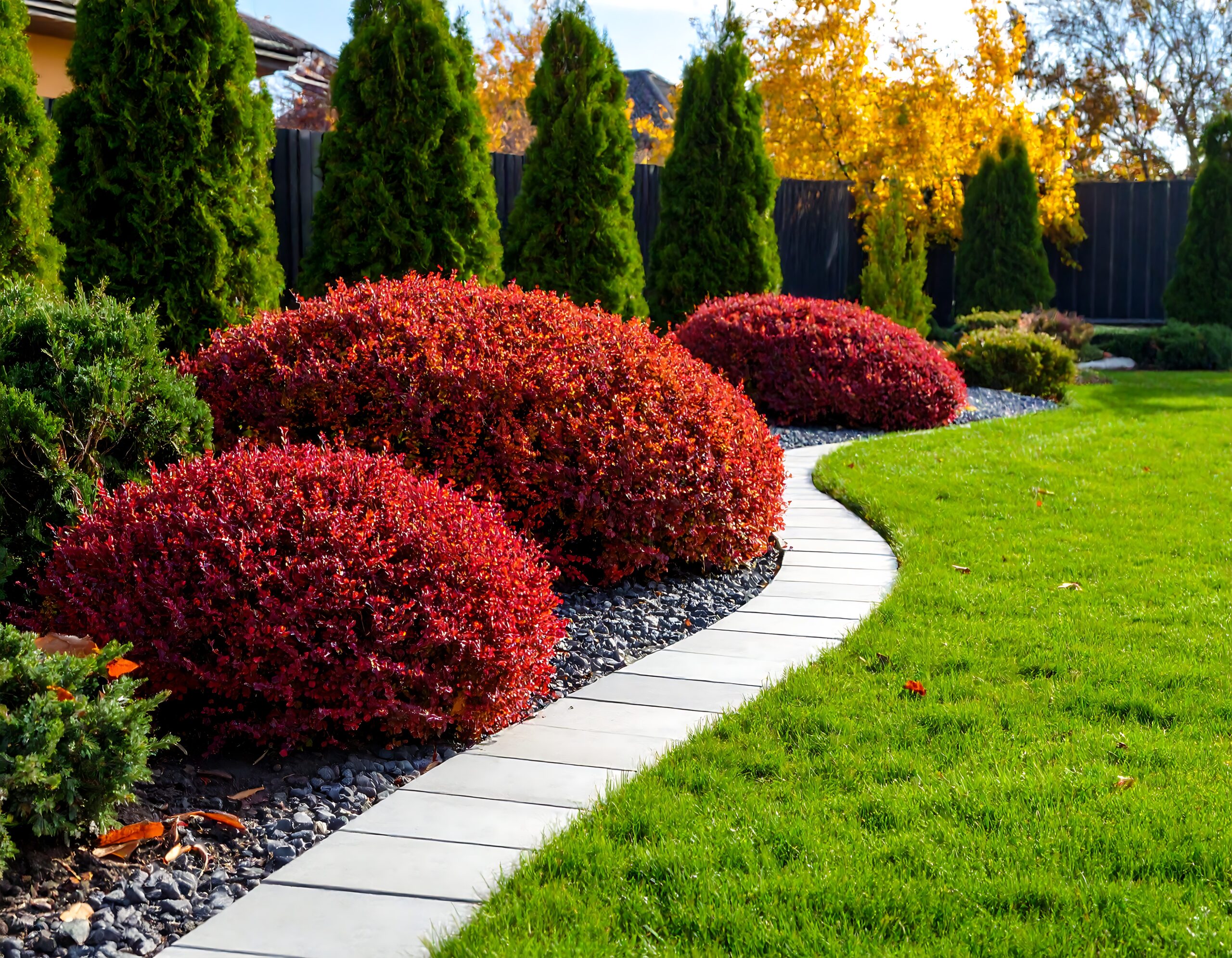
Adding grasses to your landscaping project provides numerous advantages, including enhanced soil and water filtration, improved drought tolerance, and a better habitat for nature’s wildlife. Before adding any grass, learn more about it, especially what suits your property best and how to keep it well maintained. Continue reading to learn about tips for incorporating grasses into landscaping.
Water Correctly
After planting the grass, always check on it to ensure it lasts. This begins with maintenance, such as watering regularly. Initially, watering at least twice a day is best, as it keeps your grass consistently moist.
What makes this tip crucial is the water changes that come once the grasses have grown. Water is still necessary, but to promote a strong root system and lower the risk of evaporation disease, it’s best to water deeply rather than more frequently. The best way is to water weekly, between one and two inches of water.
Use Mulch
To help your lawn retain moisture and regulate soil temperature, mulch is a key factor. During its decomposing stages, mulch will also decompose. As a result, it can help your soil maintain its strength, regardless of whether you add grass during the summer or winter months. However, if you live in an area that commonly experiences frigid temperatures in the winter, such as Chicago, Mexican beach pebble might be a better choice than grass to keep your yard looking beautiful during the winter.
If collecting grass clippings and disposing of them in the grass feels like a time-consuming task, using mulch is a good option. Mulch will enrich the soil organically and improve its structure. This nutrient cycling will take less work but continue to increase efficiency within your grass.
Choose More Native Plants
These plants require less watering, fertilizing, and mowing than others, making them an excellent choice for use in your landscape. Even though they’re low-maintenance, natural plants still improve your soil health while controlling erosion and other conditions that affect grass naturally.
Native plants may be more receptive to the environment, allowing the grass to maintain its appeal and longevity without all the work and costs.
Try to choose plants that provide habitat and structural support for wildlife. If you select the best plants, you can receive the seasonal interest you’re seeking from your landscaping design. These plants pair well with both short and tall grasses, regardless of whether they’re placed in rain gardens or slope areas.
Add Rocks
Stones can increase the longevity of your grass and other landscaping features, which is why many landscapers recommend incorporating them. In humid, subtropical climates like Houston, Mexican beach pebble is especially well suited to keep grass healthier longer.
Rocks can add a boost to the style, texture, and appeal of your lawn, providing a uniqueness other features cannot. This is also due to the weed and erosion control they provide, which blocks unnecessary sunlight and reduces the likelihood of weeds germinating.
Before selecting rocks, stones, and pebbles for use in landscaping, always check their durability and longevity to ensure they can provide a lasting solution for your landscaping beds.
No matter what type of outdoor space you have or the plants you use in your landscape, you can enhance its character and beauty with a variety of stones. For advice on designing your landscape with decorative rocks and beach pebbles, reach out to the experts at RS&P Rock Stone & Pebble, a premier landscape rock and supply superstore. We specialize in drought-tolerant landscaping materials, including a variety of colored pebbles and river rock. To learn how we can help you enhance the look of your lawn, call us today.

